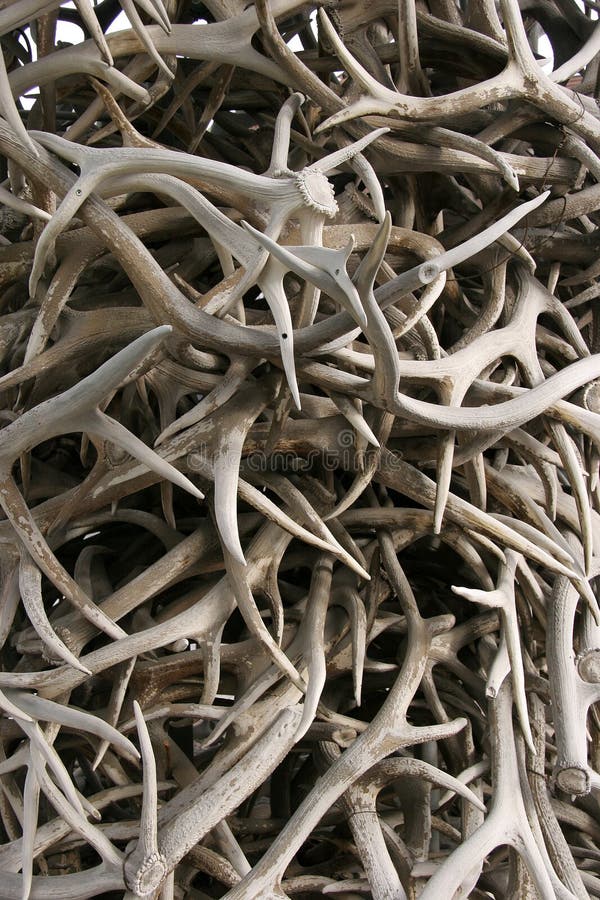

Andjety (precursor of Osiris, Auf "Efu Ra").Kherty (a variant of Aken, The chief deity in Egyptian mythology).

Khnum (one of the earliest Egyptian deities).List of Egyptian gods associated with the ram: The Book of the Heavenly Cow describes the "Ram of Mendes" as being the Ba of Osiris, but this was not an exclusive association. Banebdjedet may also be linked to the first four gods to rule over Egypt, Osiris, Geb, Shu and Ra- Atum, with large granite shrines devoted to each in the Mendes sanctuary. Early gods with long wavy ram horns include Khnum and the equivalent god in Lower Egypt, Banebdjedet, the "Ram Lord of Djedet" ( Mendes), who was typically shown with four ram heads to represent the four souls ( Ba) of the sun god. The ram was revered in ancient Egypt in matters of fertility and war. Young bulls were set as frontier markers at Tel Dan and at Bethel the frontiers of the Kingdom of Israel. King Solomon's "bronze sea"-basin stood on twelve brazen bulls, according to 1. Nehemiah 9:18 "even when they made an idol shaped like a calf and said, 'This is your god who brought you out of Egypt!' They committed terrible blasphemies."Ĭalf-idols are referred to later in the Tanakh, such as in the Book of Hosea, which would seem accurate as they were a fixture of near-eastern cultures. The text of the Hebrew Bible can be understood to refer to the idol as representing a separate god, or as representing the God of Israel himself, perhaps through an association or syncretization with Egyptian or Levantine bull gods, rather than a new deity in itself.Įxodus 32:4 "He took this from their hand, and fashioned it with a graving tool and made it into a molten calf and they said, 'This is your god, O Israel, who brought you up from the land of Egypt'." The bull is familiar in Judeo-Christian cultures from the Biblical episode wherein an idol of the Golden Calf is made by Aaron and worshipped by the Hebrews in the wilderness of the Sinai Peninsula ( Exodus). The Canaanite deity Moloch (according to the bible) was often depicted as a bull, and became a bull demon in Abrahamic traditions. Christian demons are described as having horns in the Book of Revelation, and other demons such as Satan, Baphomet, and Beelzebub are typically portrayed with horns. In Abrahamic religions, horned deities are closely associated with demonology.

Some neopagan religions have constructed these deities as the Horned God, representing the male part of their duotheistic theological system. Many pagan religions include horned gods in their pantheons, such as Pan in Greek mythology and Ikenga in Odinala. In religions that venerate animal deities, horned bulls, goats, and rams may be worshiped as deities or serve as the inspiration for a deity's appearance. 100 BC), found in Pompeiiĭeities depicted with horns or antlers are found in many religions across the world. Pan teaching his eromenos, the shepherd Daphnis, to play the pipes 2nd-century Roman copy of Greek original ( c. For the neopagan Horned God, see Horned God. This article is about depictions of deities with horns.


 0 kommentar(er)
0 kommentar(er)
